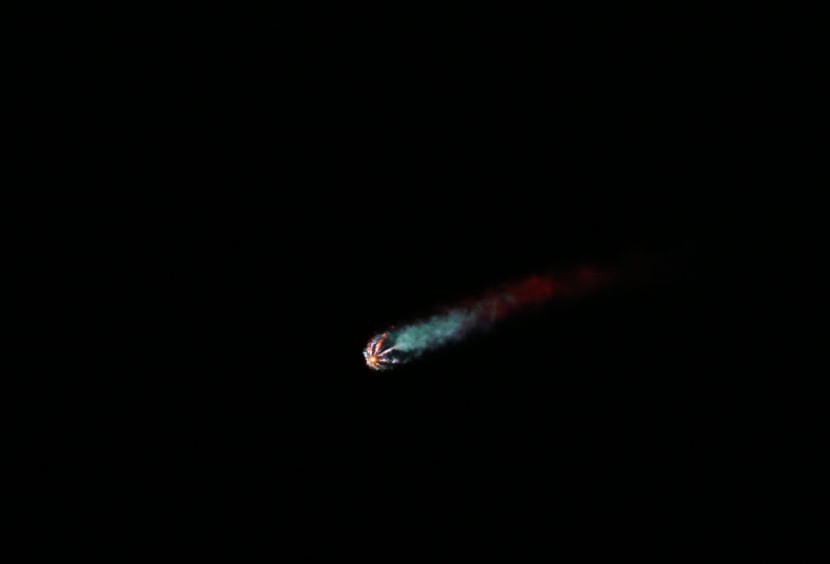
- One of NASA's old satellites is expected to fall to Earth later this week
- Fortunately, experts anticipate that the spacecraft is not going to pose a threat to our planet
- The satellite, known as Rhessi, is set to re-enter the Earth's atmosphere on Wednesday night
One of NASA's old satellites is expected to fall back to Earth later this week. Still, fortunately, experts monitoring the structure's path reassured that the chances of it being dangerous were low.
The satellite, known by the name Rhessi, is now defunct and set to drop down through the planet's atmosphere on Wednesday night, said NASA and the Defense Department. On Tuesday, the space agency added that the re-entry location of the satellite still needs to be revealed to the public.
NASA Satellite to Crash into Earth
This is due to the lingering uncertainty over when and where Rhessi might fall. The majority of the satellite, which weighs roughly 660 pounds, is expected to burn up upon re-entry, but experts anticipate that some parts would be able to survive the conditions, as per KSAT.
NASA also said that the risk of anyone on Earth getting injured by the satellite or its pieces that break off during re-entry is relatively low, estimated to be about one-in-2,467. The satellite's name, Rhessi, is short for Reuven Ramaty High Energy Solar Spectroscopic Imager. The space agency launched the satellite into our planet's orbit in 2002 to study our sun.
Before being permanently shut down in 2018 following communication issues, Rhessi was able to observe our sun's solar flares and its coronal mass ejections. It also captured various images in high-energy X-rays and gamma rays and has a record of more than 100,000 solar events.
Rhessi's imminent plunge back down to Earth reminds us that our planet's orbit is littered with artificial objects. There are roughly 30,000 pieces of orbital debris that global space surveillance networks are tracking.
Based on the European Space Agency's data, an estimated one million objects are between 0.4 inches and four inches wide. According to Space, these objects are floating around our planet right now.
Space Debris in Earth's Orbit
Furthermore, the number of debris sizes between 0.04 inches and 0.4 inches is estimated to be roughly 130 million. Despite their minuscule sizes, these objects are dangerous and could pose a significant threat if they strike a satellite or a crewed spacecraft due to their velocities.
Objects located in low Earth orbit, which is the area where the International Space Station and much another craft fly, usually hover at a speed of 17,500 miles per hour. Additionally, space collisions will generate even more pieces of space junk, which could result in more collisions.
Rhessi's crash to Earth will mark the second time a NASA satellite falls back down to our planet's surface this year. The previous instance was when a 5,400-pound object came hurtling down in January, said the Daily Mail.
Related Article: Ring of Fire Solar Eclipse Set to Dazzle Spectators in Kansas
© 2025 HNGN, All rights reserved. Do not reproduce without permission.








